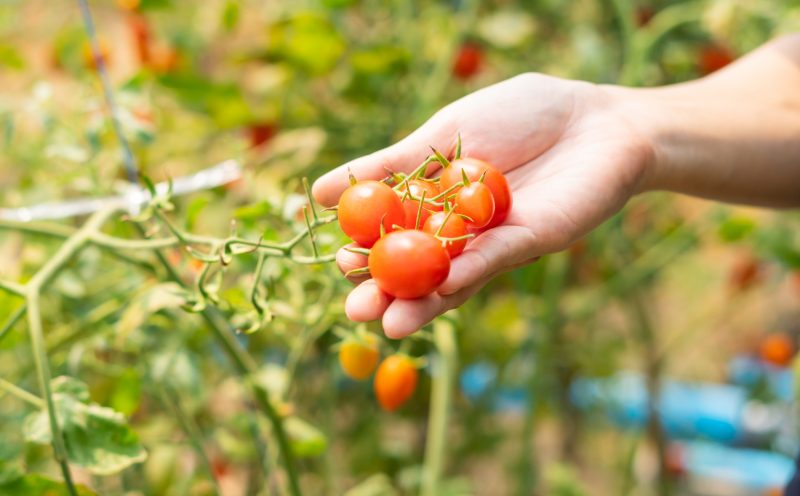
New guidance expanding the reach of the UK’s Food Waste Reduction Roadmap is published today (Tuesday 17th March), providing growers with advice on how best to measure food surplus and waste on farm to identify the causes; and help inform where action is needed.
Developed in collaboration with leading trade bodies and industry organisations, the Food Waste Reduction Roadmap Grower Guidance includes two practical ‘how-to’ guides and dedicated tools for in-field measurement. WRAP, the body which developed the Food Waste Reduction Roadmap with IGD, designed the new resources to help growers apply the principles of Target-Measure-Act to their operations at this key stage in the food supply chain.
Peter Maddox, Director WRAP, said: “Reducing food surplus and waste is a huge opportunity for the sector. We estimate that around 3.6m tonnes of food either goes to waste on farm each year, or is surplus to requirement. That’s a potential £1.2bn loss to the sector – equivalent to 7% of the total food harvest.
“Measuring food surplus and waste is the first step to tackling the problem, and our guides will show where action is needed on farm – whatever the scale of production or crop type, and whether hand or machine-harvested. They are intuitive to use and set out the actions necessary to measure consistently to make comparisons over time, and between growers. I am delighted to have had the involvement of so many influential sector bodies in developing these guides.”
Earlier crop-specific assessments by WRAP highlighted the potential that widescale measuring provides to help tackle food waste. The organisation found that around 19% of all lettuces went unharvested in 2015, with 38,000 tonnes lost across the sector – worth £7m. This varied significantly between growers, with a range from 7% to 47% of production ending up as waste.
Supporting growers to better measure and share their waste data can help identify opportunities, and offers huge potential to improve productivity.
The resources were developed following calls from agricultural businesses for practical guidance tailored to the needs of growers, and are free to download and use from the WRAP website. They were developed with support from Food Waste Reduction Roadmap businesses and the Courtauld 2025 Fresh Produce Working Group; which convenes stakeholders from across the supply chain.
Food and drink businesses, fresh produce members and farming representative bodies were also consulted including the Agriculture and Horticulture Development Board (AHDB), the British Growers Association (BGA), the Fresh Produce Consortium (FPC), LEAF (Linking Environment and Farming) and the National Farmers Union (NFU).
The guides were informed by the experiences of a number of growers, including dps, G’s Fresh and Worldwide Fruit.
Andy Mitchell, Senior Technical Manager Worldwide Fruit and Chair of the Courtauld 2025 Fresh Produce Working Group, said: “Being a grower-owned business it makes natural sense to be working with our growers to measure field waste. We have been doing this for many seasons on many crops, and what was found was a huge variability season to season. This variability and size was not appreciated by us or the growers.
“As food producers, we want as much of this produce to feed people, but food waste is also a big driver of climate change, as well as a key driver of significant loss of commercial potential of the crop. These reasons make it critical to tackle this for the long-term sustainability and viability of our crops. Consistent and accurate measurement is the first step and we would encourage other businesses to use this new guidance from WRAP.”
WRAP hopes the Roadmap Grower Guidance will encourage measuring to become a common practice on farms, helping growers to increase productivity and realise financial savings. In addition, implementation will provide valuable data to improve our understanding of surplus and waste on farm, and help the UK in its commitment to Sustainable Development Goal 12.3.
WRAP has also developed and manages a dedicated online Food Surplus Network resource for farmers to provide summary information and contact details for marketplaces and outlets for surplus food trading. The organisation has also developed a library of business case studies showing how to achieve food waste savings.
